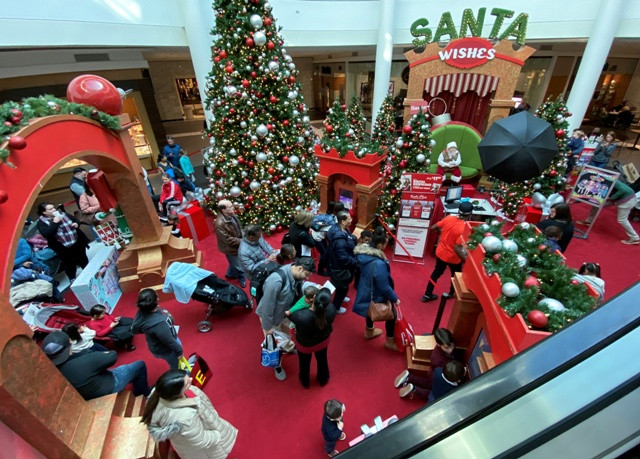American shoppers spent 3% more this Holiday season, from November 1 to December 6, compared to the previous year. Retail sales in the United States were up, excluding sales from the auto industry.
The strongest push came from e-commerce which jumped to as much as 14.4%, according to the Mastercard SpendingPulse survey. Online shoppers bought more apparel and jewelry. The report looks into retail spending made in all payment types, including cash and check.
Americans bought online heavily in the days that lead to the Thanksgiving, continuing the days after up to Cyber Week from December 2 to 6. Specifically, the Thanksgiving holiday weekend showed a 4.8% year-over-year increase. Black Friday sales were higher at 4.9% while Cyber Monday saw total retail gains of 7.2% compared in 2018.
The Holiday shopping spree has always been crucial for many retailers in the U.S. The period can bring in or slashed as much as 40% into their annual sales.
This year, the increase was attributed to the two strongest factors. One was that Thanksgiving started a week later, on November 28 compared to November 22 in the previous years. That would mean retailers were six days short of accumulating sales between Thanksgiving and Christmas. However, instead of sales coming in short due to limited time to shop, the consumers had in fact engaged in last-minute shopping.
Secondly, there had been colder weather conditions across the U.S. With that, shoppers chose to stay home and shop online.
Meanwhile, another report found that retail sales worldwide are showing mixed results in connection with how consumers will behave further into 2020. According to the report, global retail markets will decline volume-wise. However, when examined with regard to dollar spending, the retail market will grow in 2020.
Retails sales growth will slow to 2.2% in 2020 compared to 2.5% in 2019 in terms of volume sales. However, in U.S. dollar terms, retail sales will grow by as much as 4.8%.
The mixed results will also create a divided effect when the global retail market is examined regionally. In this aspect, Asia will show the fastest regional growth in retail sales. The region will account for as much as 45% of global retail sales in 2020.
When examined according to competitiveness, online sales will be boosted significantly by social media apps such as TikTok and Instagram. Physical stores need to compete with e-commerce and adopt convenient digital payment systems in order to be on par with the competition.






